Well, I have good and bad news on the picture book illustration front.
The good news is that I’m now deep in the work of creating the final art for “The Perfect Ride.” I’ve got my colour palettes figured out, I’m settling into a nice workflow on the iPad and busily working my way through all the pages.
The bad news is that I can’t really show you any of this. 😅
The publisher has asked that I not post the finished artwork to social media or the newsletter, which is perfectly understandable. We’re at the stage now where we don’t want to spoil the surprise before the book is published.
This does leave me with a bit of a conundrum, though… what am I going to post about for the next few months?
Learning oil painting
A couple of weeks ago, I started up my weekly directed studies painting classes at Atelier Artista again. Before I went into the hospital last year, these classes were a highlight in my busy schedule while I was focused on creating all the work for my exhibit. It was a place to get feedback on paintings-in-progress and troubleshoot any issues that came up. It was also great to connect with other artists and listen to all the tips and tricks that my painting mentor, Brian “Bunny” Batista, sprinkles about as he moves from student to student.
One of the things the class unintentionally introduced me to was oil painting. I’ve only ever worked in acrylics because I always believed oils were more difficult to work with—harsher paints, smelly solvents and so on. It surprised me to overhear in class one day that Bunny felt oils were better because they were made from natural mediums like walnut and linseed oil, whereas acrylics are essentially liquid plastic.
I was intrigued and promised myself that once I was done with the exhibit, I’d give oil painting a spin just to try something new.
The first thing I needed to do was a kit upgrade that included:
Oil paints
New brushes
Solvent and a sealable transport container
Grey palette sheets
Walnut oil medium
Blue disposable shop rags
Now, the first thing to understand about oils versus acrylics is that acrylics are essentially water-based, and they mix with oil paints about as well as oil mixes with water. As in badly, very badly. This is the reason that I needed a couple new paintbrushes that were going to only be used for oils.
For paints, I thankfully only needed to buy a handful as I’ll be working primarily using the Zorn colour palette that is made up of black, white, yellow ochre and cadmium red. I’ll likely add a few additional colours as I go, but I hope to be nowhere near what I currently have stocked for acrylics.
I’ll be starting by trying to reproduce this still life painting by British 19th-century painter Edward Ladell. Interestingly, the painting came up when I was looking for Caravaggio still life paintings, and it certainly has a similar feel of light and shadow.
And if you’re wondering… yes, I did ask Bunny if this was too ambitious, but he said that he thought I could handle it.
We shall see!
One of the things that is appealing about learning oils from ground zero is that I’m opening myself up to learning the process the “proper way.” Certainly, I’m proud that I’m largely self-taught as an acrylic painter, but I’m also well aware that the way I paint is a mishmash of techniques that don’t always lead to predictable results. This is part of the fun, but there’s also something to be said for learning the rules before attempting to break them.
I’ve only had two oil painting sessions thus far, so I am still getting a feel for the process. One of the biggest mental adjustments is that acrylic paints only take a few minutes to dry, but oil paints can take hours or even days. I was genuinely surprised when I took a bathroom break in the middle of class and returned to find my paint as wet as when I left it. The constant wet paint completely changes one’s workflow and makes the process inherently messier. Thus far, I seem to have a knack for getting cadmium red everywhere—including on my brand new shoes—despite only putting the tiniest amount on the palette.
It also means that the canvas that I’m working on during class can’t be worked on again until I’m back in class a week later. This works out well, given that my primary focus outside of class needs to be the picture book.
Returning to paint-by-number
Still, there are days when I just want to paint on an incredibly visceral level. I have no idea why digital painting on the iPad doesn’t seem to satisfy this urge in the same way, I only know that it doesn’t.
Thankfully, this is exactly why I continue to enjoy my paint-by-numbers.
After many hours of painstaking work on the picture book, I can unplug my brain for a bit, put on some relaxing music and settle in with my tiny paint pots for a spell. I know that as soon as I do, that unconscious knot inside me will relax, and I feel like I’m settling back into myself again.
If this piece looks vaguely familiar, it’s the same one that I started way back in March 2024, when I wrote that tips and tricks guide for adult paint-by-number kits. I thought about it all the time when I was in the hospital, and it’s been so satisfying to at last get to chip away at it again.
I expect that it’ll take months to finish, and I plan to savour it like an especially fine hot chocolate.
Is there something that you’d like me to write about in the next few months while I work on the picture book final art?
Let me know in the comments!




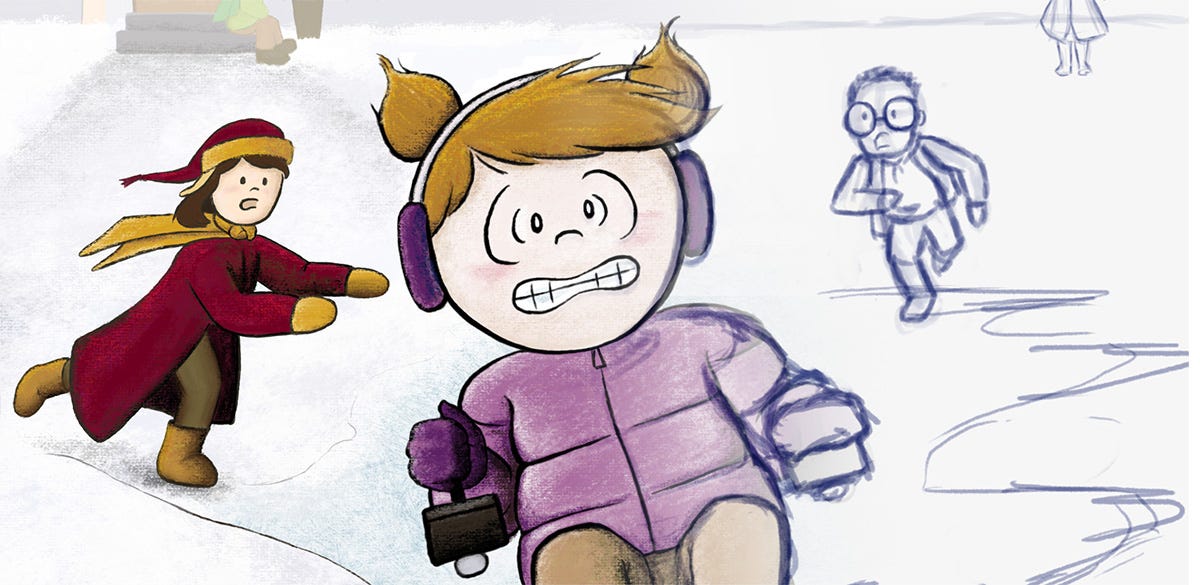
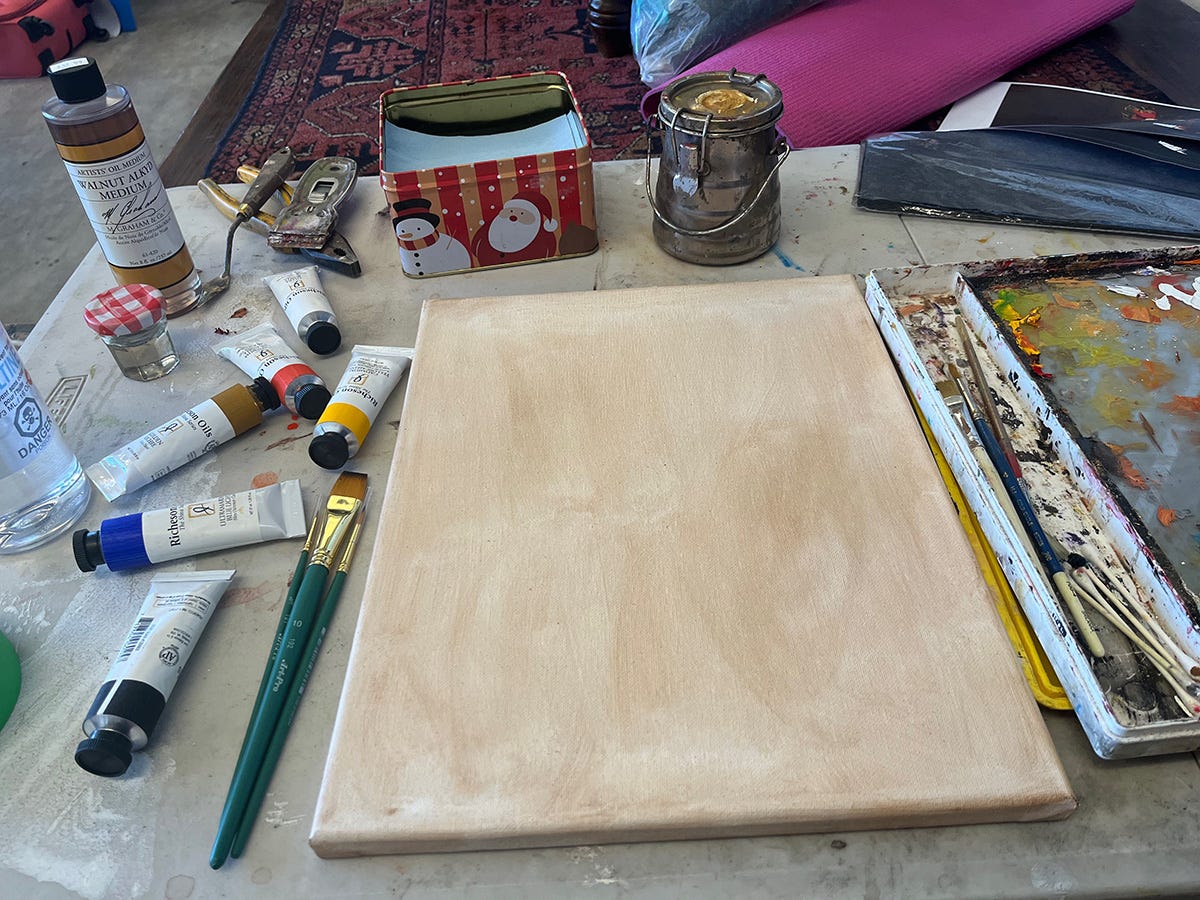

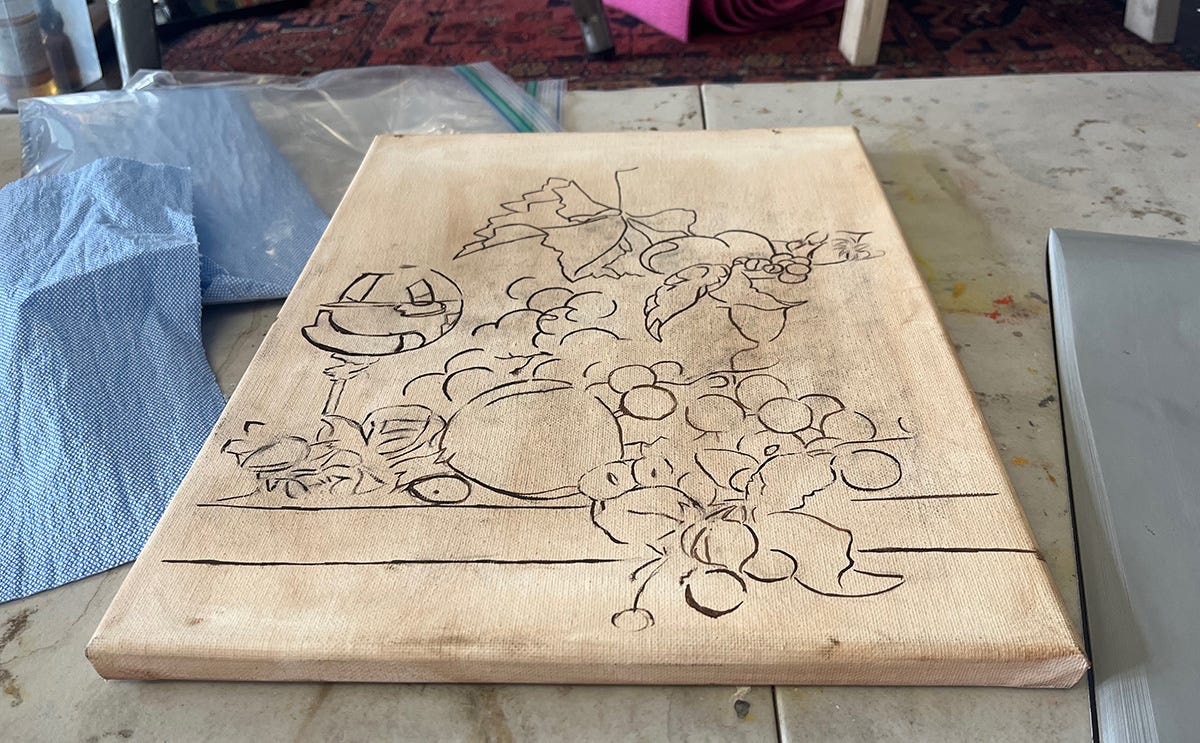
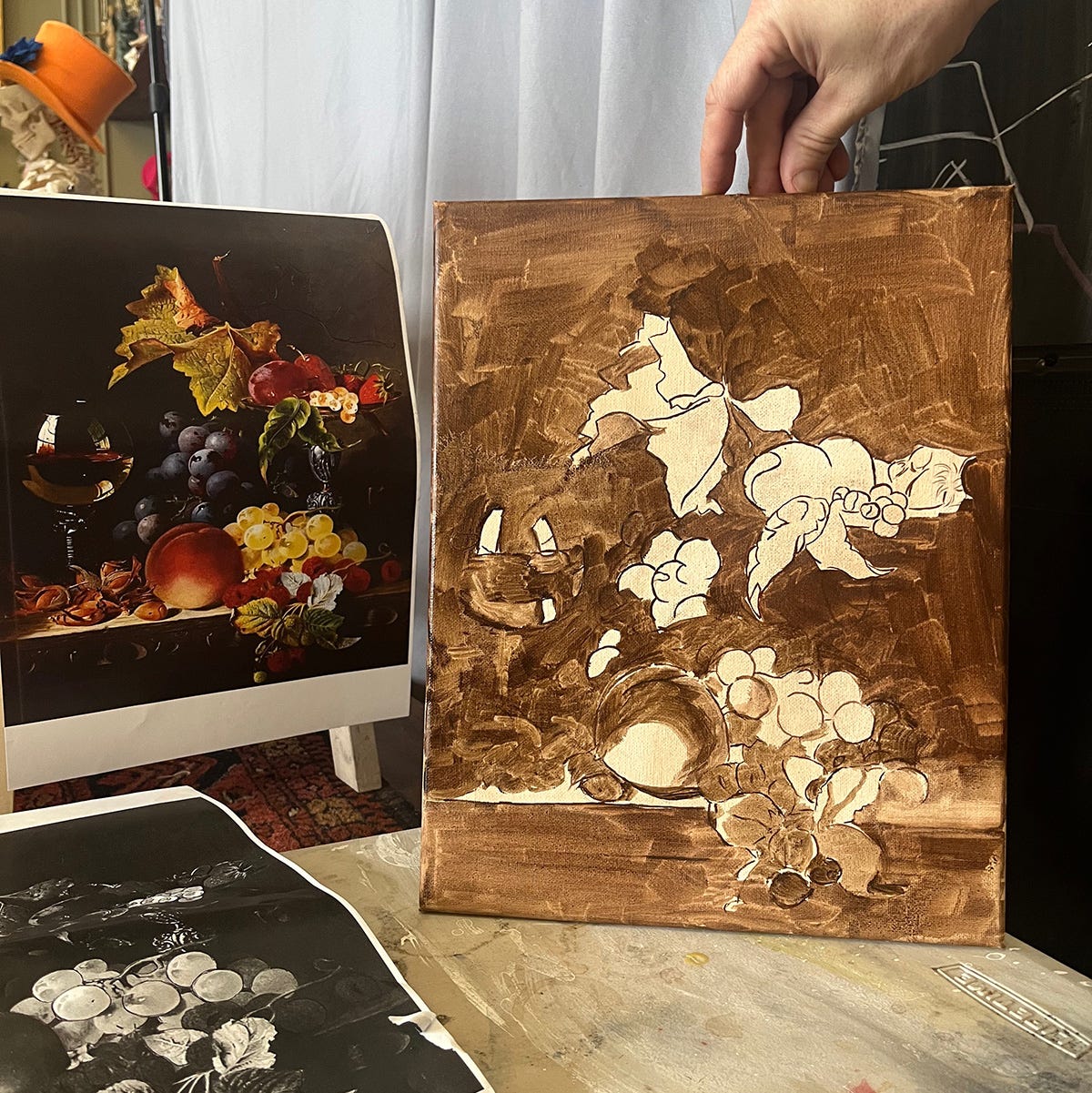

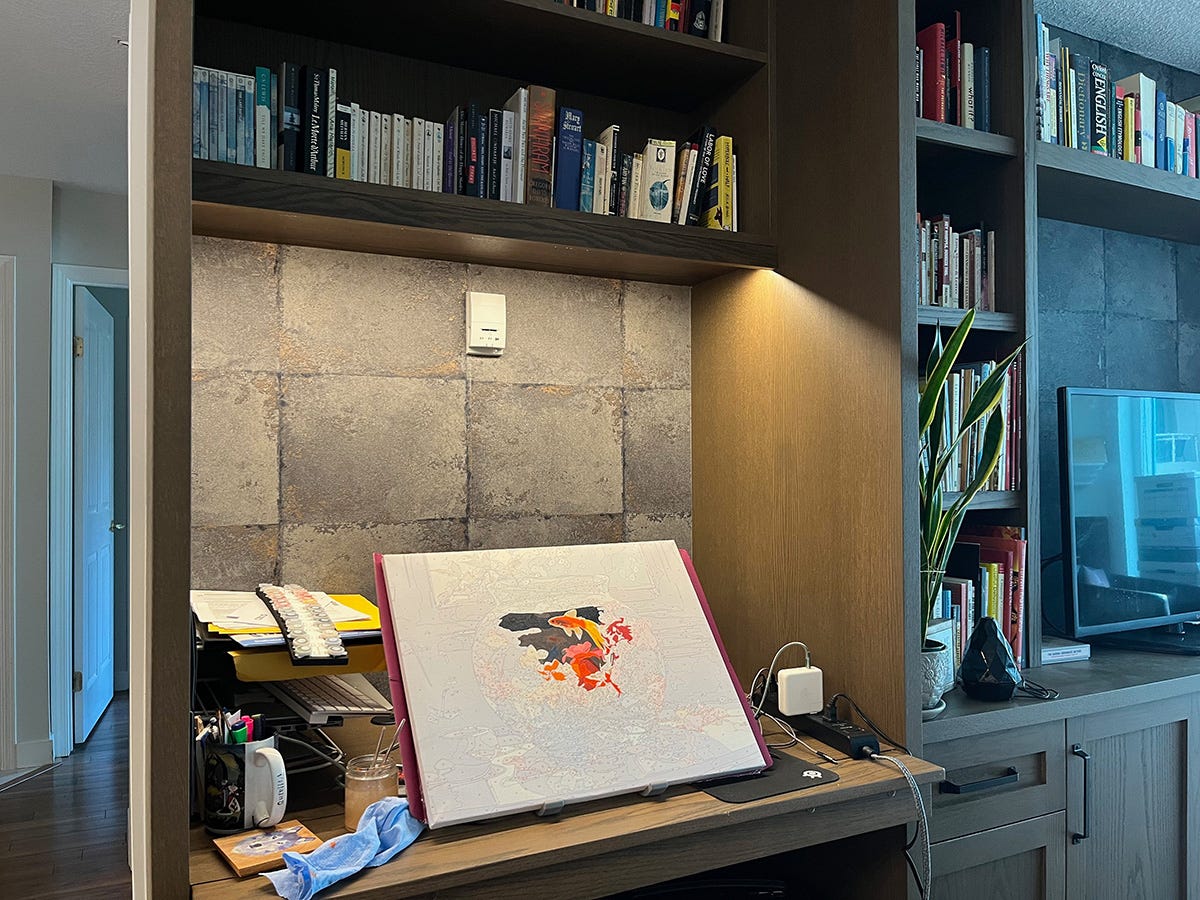
It is ambitious, but you can totally handle it!